Separation anxiety in dogs
Jan 7, 2026 6:06:09 AM
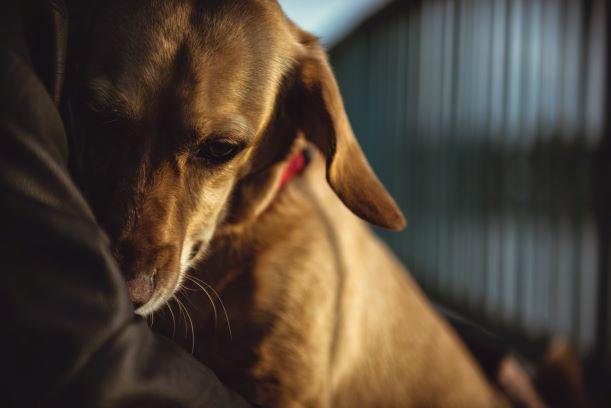
In this article, we will discuss separation anxiety in dogs along with all related facts and figures under the light of scientific literature. Dogs are members of our families, so it is our utmost responsibility to take care of the emotional and psychological needs of our beloved canine friends, as well as their everyday requirements.
Dogs are such loyal and lovable creatures, but unfortunately, and just like humans, they also undergo some psychological stresses such as anxiety and depression. Several questions are commonly asked by dog owners, regarding separation anxiety, and its main causes such as:
- Why do dogs suffer from separation anxiety?
- What are the key signs of separation anxiety in dogs?
- Which dog breeds are more susceptible to separation anxiety?
- How to manage a dog with separation anxiety?
“Dogs do speak, but only to those who know how to listen”. Orhan Pamuk
What is separation anxiety?
Separation anxiety is a kind of fear that occurs in dogs when they are away from their caregiver, all alone at home, or separated from their animal companions or mates, such as other pets with whom they have a strong emotional attachment.
Dogs easily get attached to their “fur-less-guardians”. When a dog is left all alone for a longer time at home, or you cannot manage to give him much attention and care that they thrive for, they can become distressed. Usually, one of the most common complaints of dog owners is that their dog shows destructive and damaging behaviour when left all alone, even for short periods of time. So, it’s no wonder that one of the main reasons for disruptive behaviour is attributed to separation anxiety.
The signs of separation anxiety
There are many and varied signs of separation anxiety which an anxious dog may exhibit. However, the most common and obvious signs are recognised as:
- Destructive and or disruptive behaviour.
- Frequent urination and defecation, usually in random places.
- Evidence of anorexia or refusing food, especially when the owner is not around.
- Excessive vocalization. For example, howling and barking.
- Excessive or compulsive digging and/or chewing.
- New or increased attempts to escape the home.
- New or increased coprophagia, (eating of faeces).
Top tip: Also look out for vomiting, excessive salivation, shivering, whining or pacing, and repetitive behaviour which may be less frequently observable signs of separation anxiety.
It is also generally noted and observed that a dog suffering from separation anxiety will try to come between the owner and door when the owner leaves home.
How to deal with separation anxiety in dogs
As a responsible owner, and if you recognise and are concerned about any of the above given signs, please contact your trusted veterinarian immediately. Your vet will be best-placed to help in dealing with the situation according to the status of your dog. Alternatively, there may be a reputable dog behaviourist, or enrichment specialist, in your area.
The key to avoiding separation anxiety is to remember “Environmental enrichment ensures mental enrichment”.
Useful strategies:
- Provide your dog some mind-soothing, enriched environment. Interactive and engaging toys for example.
- Spend at least 10 minutes per day playing with your dog (remember, your dog needs you during this mental suffering).
- It is important to go for a walk with your dog every day, even if you have a busy routine.
- Engage your dog in some stimulating activities such as hiding food in random places in the home and let your dog search for them.
- It is good to establish an action or word that you most commonly use whenever you leave home. This will satisfy your dog that you will be back soon. Additionally, it will make your dog feel secure. The advice of a good local behaviourist will be very useful in this respect.
- Some owners and stressed pets have benefitted from leaving the radio on before leaving home.
- Environmental pheromone therapy can also help in this regard. However, ask your vet for more advice and suitable options.
- There are several anti-anxiety medications, which your vet can prescribe. Important: use every medication under the supervision of a registered veterinary practitioner in the exact dose for the prescribed time.
- Feed your dog a supreme quality, nutritious diet in good-quality drinking and feeding utensils. Preferably, use an automatic feeder and give it commands according to your convenience. Take a minute to view the Trophy Pet Foods range and find more excellent pet care tips here.
- Lastly, keep your dog’s environment extremely hygienic and comfortable (free from intrinsic and extrinsic distortions)
Conclusion
Dogs are susceptible to several psychological troubles, anxieties, and emotional instabilities. It is your responsibility to take care of the physical, emotional, and psychological needs of your dog. Keep an eye on his/her behaviour. In case of any abnormal behaviour, do contact your vet for further guidelines. Separation anxiety can be a serious issue and can lead to household destruction and animal self-harm, it is therefore vitally important you support your pet through this period. The good news is that you can help your dog and that there is plenty of qualified help on hand.
References:
- Houpt, Katherine Albro, Deborah Goodwin, Yoshiko Uchida, Eva Baranyiová, Jaume Fatjó, and Yoshie Kakuma. "Proceedings of a workshop to identify dog welfare issues in the US, Japan, Czech Republic, Spain and the UK." Applied Animal Behaviour Science 106, no. 4 (2007): 221-233.
- Karagiannis, Christos I., Oliver HP Burman, and Daniel S. Mills. "Dogs with separation-related problems show a “less pessimistic” cognitive bias during treatment with fluoxetine (Reconcile™) and a behaviour modification plan." BMC veterinary research 11, no. 1 (2015): 80.
- McNaughton N, Zangrossi H (2008) Theoretical approaches to the modelling of anxiety in animals. In: Blanchard RJ, Blanchard D, Griebel G and Nutt D (eds.) Handbook of Anxiety and Fear, Academic Press, Amsterdam, 11-27
- Cottam, Nicole, Nicholas H. Dodman, Alice A. Moon-Fanelli, and Gary J. Patronek. "Comparison of remote versus in-person behavioral consultation for treatment of canine separation anxiety." Journal of Applied Animal Welfare Science 11, no. 1 (2008): 28-41.
- Pageat, Patrick, and Emmanuel Gaultier. "Current research in canine and feline pheromones." Veterinary Clinics: Small Animal Practice 33, no. 2 (2003): 187-211.
Back
Recent Blogs
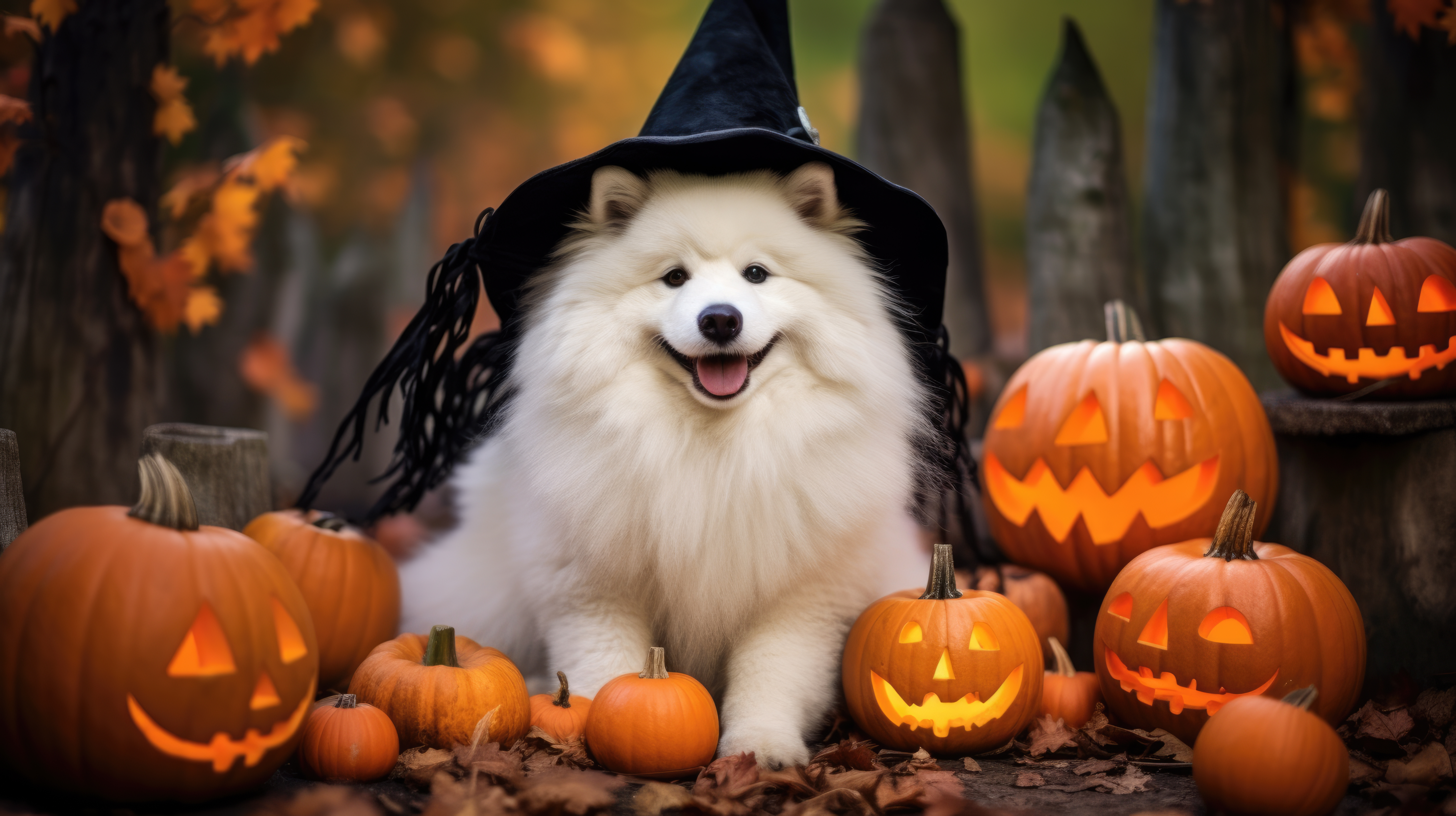
Keeping Your Furry Friend Safe and Happy During Halloween
Halloween approaches with its festive decorations, spooky costumes, and sweet treats. While humans eagerly anticipate the holiday, it can be a challenging time for our four-legged friends. From unfamiliar sights and sounds to potentially dangerous treats, Halloween can pose various risks to our beloved dogs.
While it might be tempting to dress up your dog in a cute or funny costume, always prioritize their comfort and well-being. Ensure that the costume is not restrictive, does not impede movement, and does not have small parts that could be swallowed. Allow your dog to become accustomed to the costume before the actual event, and keep a close eye on them while they're wearing it.
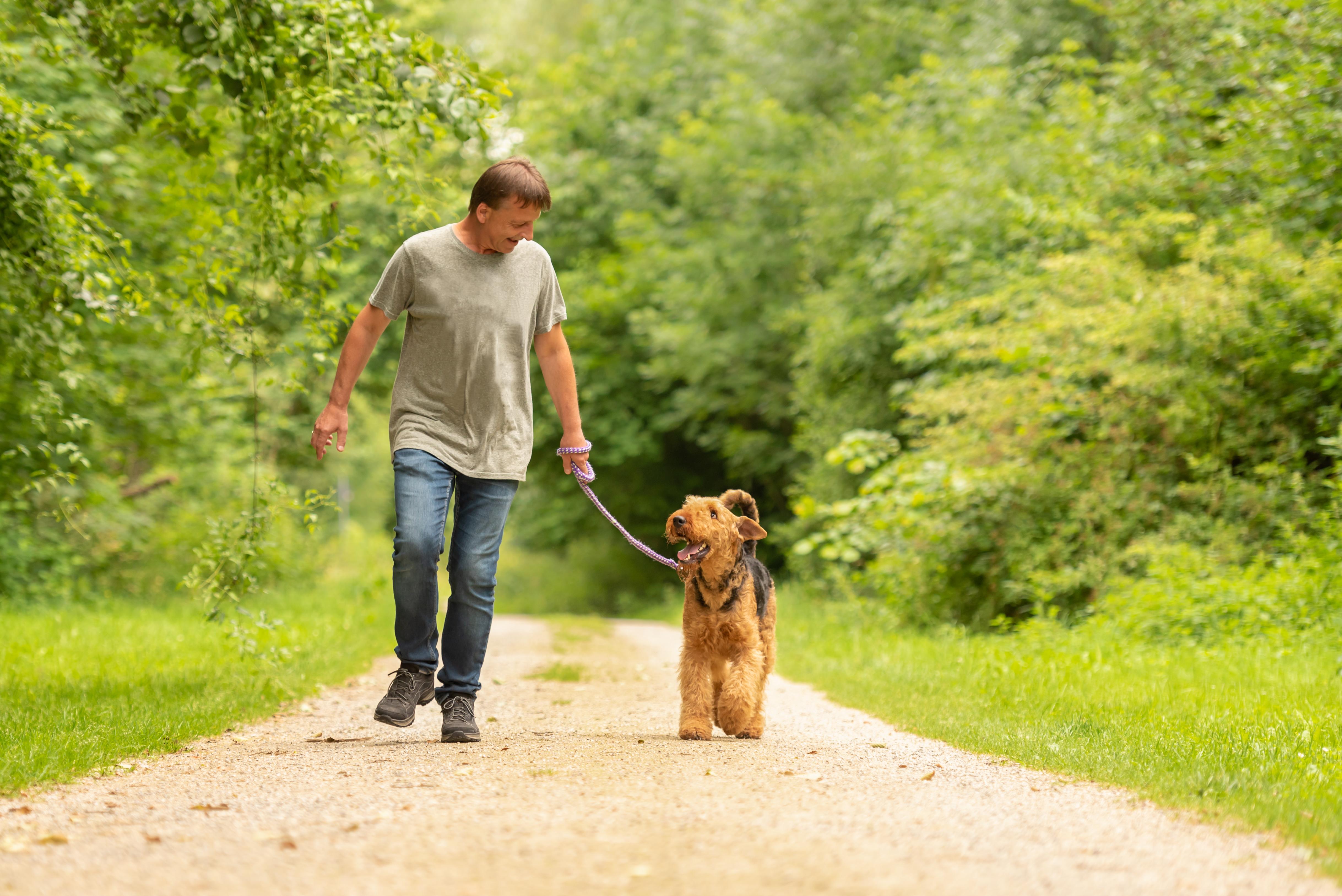
The vital role of responsible dog ownership.
A Pledge to Paws and Principles
Dogs have long been cherished companions, confidants, and sources of unconditional love for millions of people around the world. These faithful friends offer not only emotional support but also contribute significantly to our overall well-being. However, the joys of having a canine companion come with great responsibilities. Responsible dog ownership is not just a choice; it's an obligation we owe to our four-legged friends, our communities, and ourselves. In this blog, we will delve into the importance of responsible dog ownership and highlight the numerous benefits it brings to our lives.
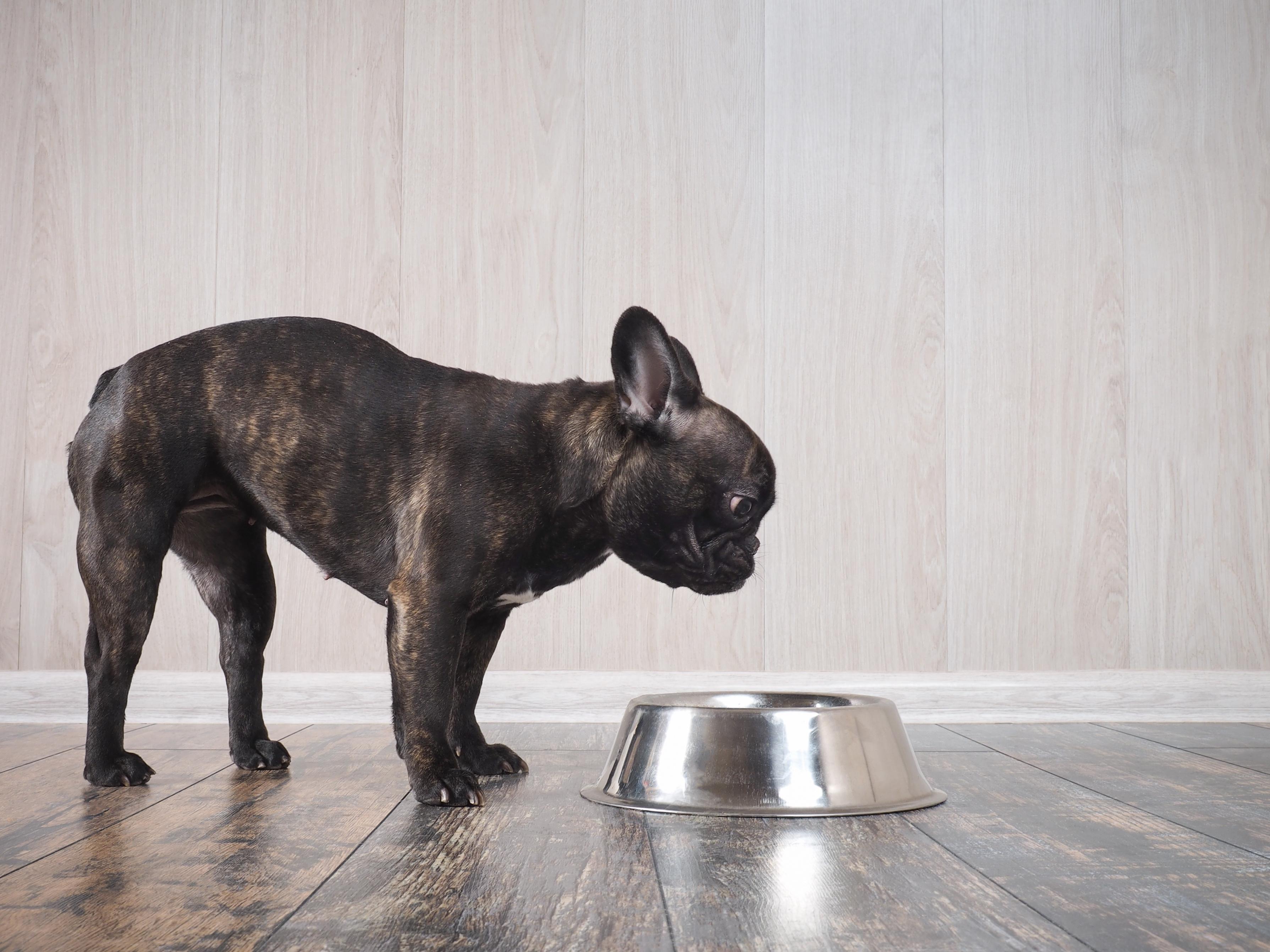
My dog is a finicky eater...
You have a dog that has no appetite, is fussy and finicky with his food and you are fed up of trying every dog food brand under the sun. Here are our top tips for encouraging a better feeding regime
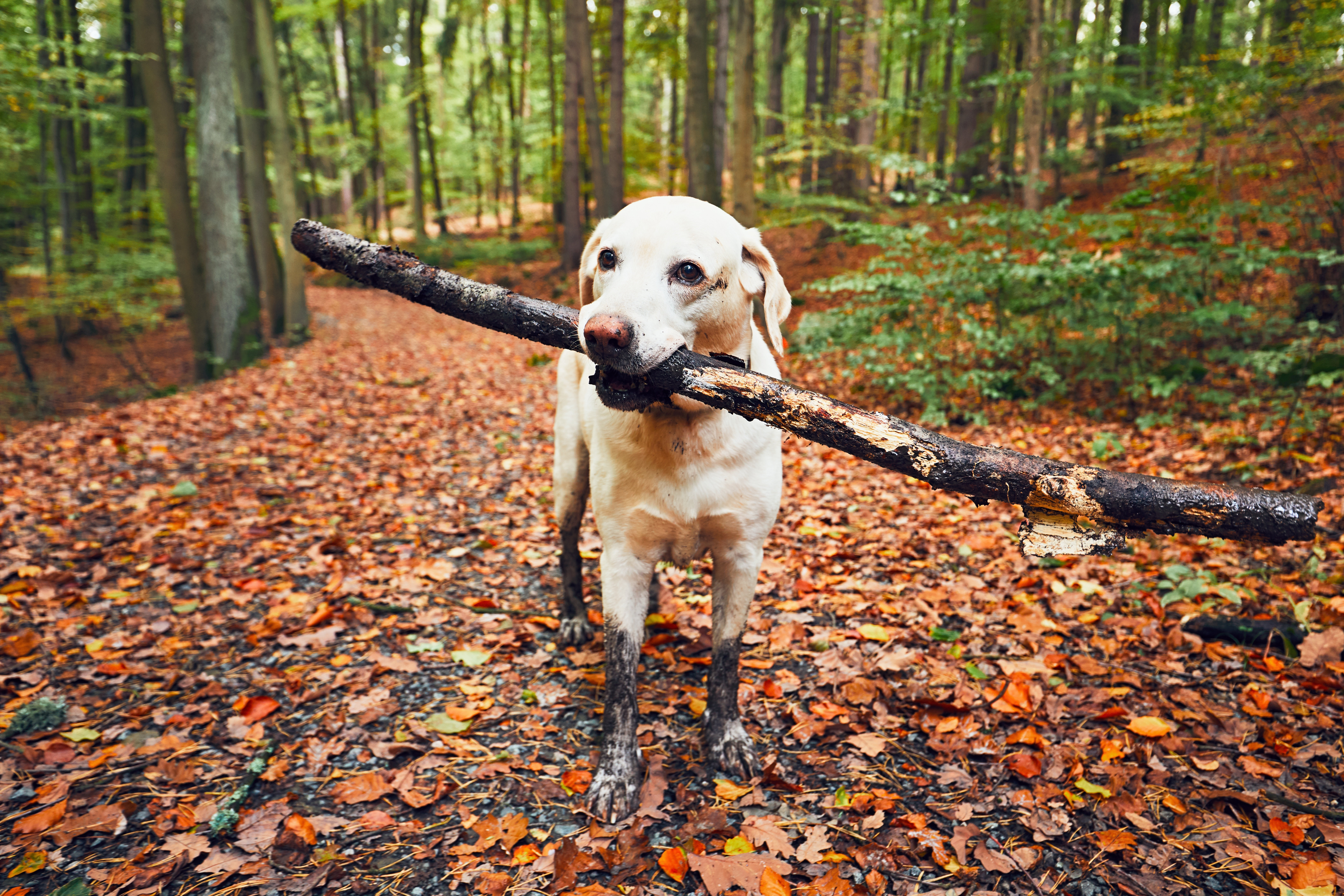
Finding the best places to walk your dog
The many benefits of dog walking are well documented and regular walks form part of our daily routine. But it is really easy to get into an unthinking pattern of where and how we walk our dogs. There are lots of adventures to be had out there with our canine companions so why not try something new?